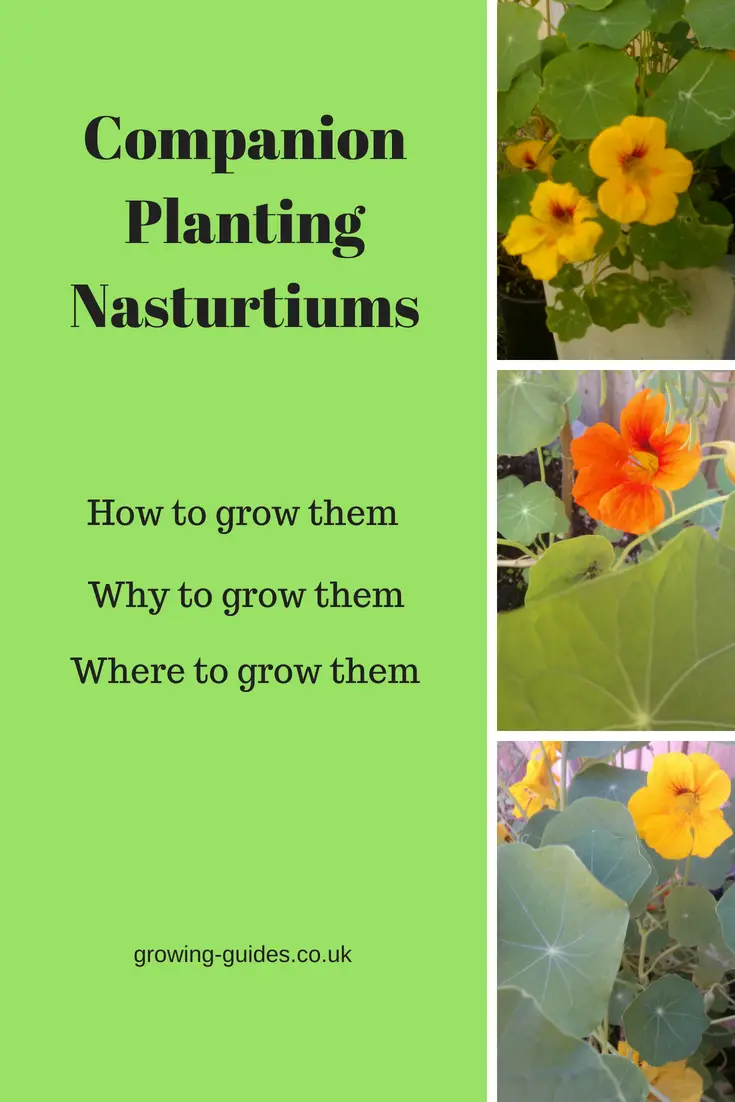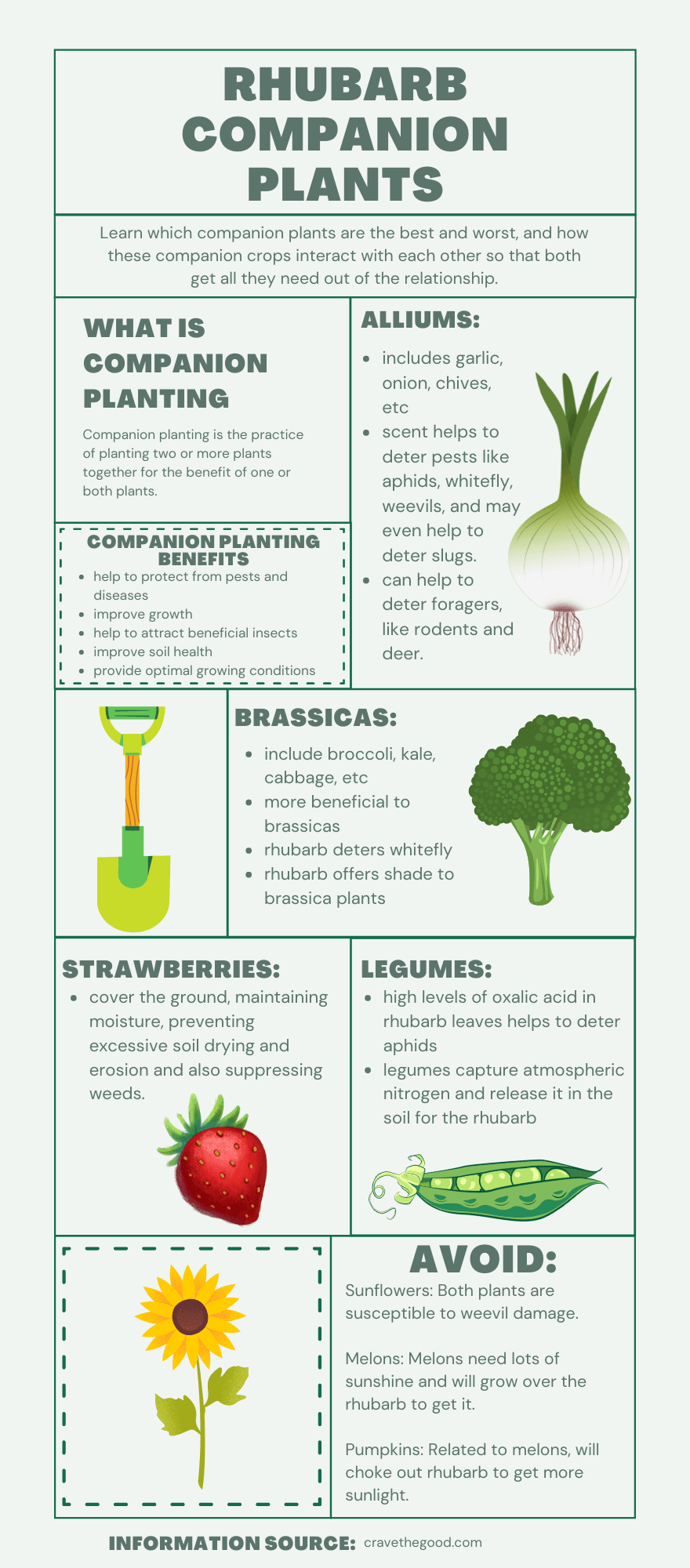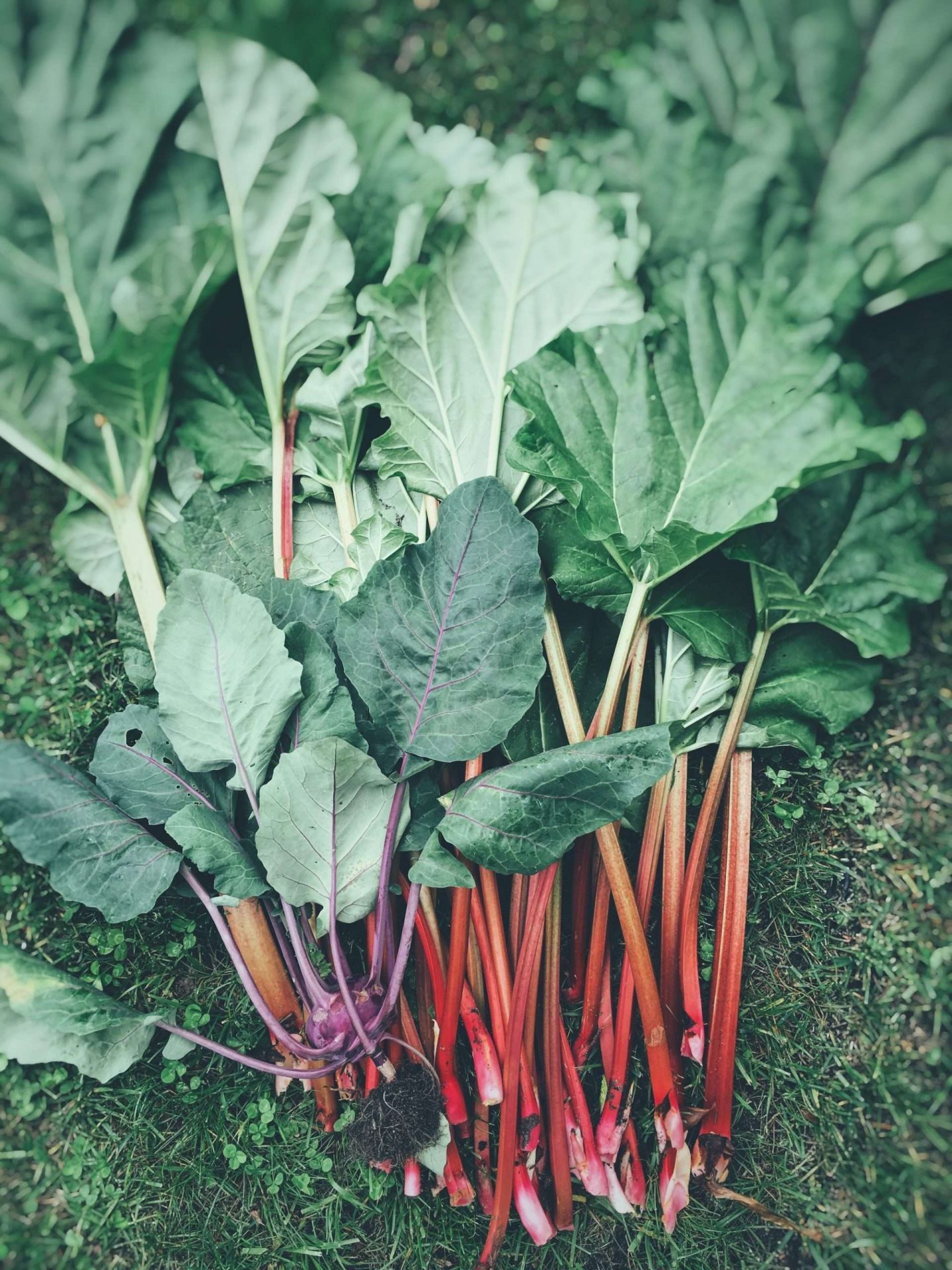The Ultimate Guide To Rhubarb Companion Plants
The Ultimate Guide to Rhubarb Companion Plants
Rhubarb is a delicious and versatile vegetable that can be enjoyed in a variety of dishes. It's also a relatively easy plant to grow, but there are a few things you can do to improve your chances of success. One of the most important things is to choose the right companion plants.
Companion planting is a gardening technique that involves planting different types of plants together in order to benefit each other. Some plants help to repel pests, while others improve the soil quality or provide shade. By choosing the right companion plants for your rhubarb, you can help to create a healthy and productive garden.
In this guide, we'll discuss some of the best companion plants for rhubarb. We'll also talk about what not to plant near rhubarb, and how to use companion planting to improve your garden.
Best Companion Plants for Rhubarb
There are many different plants that can be grown as companion plants for rhubarb. Some of the best include:
- Alliums: Alliums, such as garlic, onions, and chives, help to repel pests and improve the soil quality.
- Beans: Beans and peas are nitrogen-fixing plants, which means they can help to improve the nitrogen levels in the soil. This is beneficial for rhubarb, which is a heavy feeder.
- Brassicas: Brassicas, such as broccoli, cabbage, and kale, help to repel pests and provide shade for rhubarb.
- Carrots: Carrots help to improve the soil drainage, which is important for rhubarb.
- Lettuce: Lettuce helps to suppress weeds and attract beneficial insects.
- Strawberries: Strawberries and rhubarb are a classic combination. They taste great together, and they also help to each other out. Strawberries help to suppress weeds, while rhubarb helps to protect strawberries from pests.
What Not to Plant Near Rhubarb
There are a few plants that should not be planted near rhubarb. These include:
- Cucumbers: Cucumbers and rhubarb are both susceptible to the same pests, so planting them together can increase the risk of pest infestation.
- Potatoes: Potatoes and rhubarb can compete for nutrients, so it's best to avoid planting them together.
- Sunflowers: Sunflowers and rhubarb are both susceptible to the curculio weevil, so planting them together can increase the risk of infestation.
How to Use Companion Planting to Improve Your Garden
Companion planting can be a great way to improve your garden in a number of ways. By planting the right companion plants together, you can:
- Attract beneficial insects: Beneficial insects, such as ladybugs and lacewings, help to control pests. By planting companion plants that attract these insects, you can help to keep your garden pest-free.
- Repel pests: Some companion plants, such as alliums and chives, have strong scents that repel pests. By planting these plants near your rhubarb, you can help to keep pests away.
- Improve the soil quality: Some companion plants, such as beans and peas, are nitrogen-fixing plants. This means they can help to improve the nitrogen levels in the soil, which is beneficial for many plants, including rhubarb.
- Suppress weeds: Some companion plants, such as lettuce and strawberries, help to suppress weeds. This can help to keep your garden looking neat and tidy, and it can also help to reduce the need for weeding.
Conclusion
Companion planting is a great way to improve your garden and boost your rhubarb harvest. By choosing the right companion plants, you can help to attract beneficial insects, repel pests, improve the soil quality, and suppress weeds.
Rhubarb is a delicious and versatile vegetable that can be enjoyed in many different ways. But did you know that there are certain plants that can actually improve the growth and health of your rhubarb plants? These are known as "companion plants," and they can help to attract beneficial insects, deter pests, and improve the overall health of your garden.
Some of the best companion plants for rhubarb include:
- Alliums: The allium family includes garlic, onions, and chives. These plants help to repel pests and diseases, and they also help to improve the flavor of rhubarb.
- Brassicas: The brassica family includes cauliflower, broccoli, cabbage, and kale. These plants help to attract beneficial insects, and they also help to improve the soil quality.
- Legumes: Rhubarb's relationship with beans and peas is actually beneficial to both plants. The legumes fix nitrogen in the soil, which helps to feed the rhubarb plants.
- Strawberries: Strawberries and rhubarb are both heavy feeders, so they can benefit from being planted together. The strawberries help to shade the rhubarb roots, which helps to prevent them from drying out.
If you're looking for more information about rhubarb companion plants, I recommend visiting Gardenia Inspiration. This website has a wealth of information about companion planting, and it includes a specific section on rhubarb companion plants.
FAQ of rhubarb companion
Q: What are some good companion plants for rhubarb?
A: Some of the best companion plants for rhubarb include:
- Alliums: Alliums, such as garlic, onions, and chives, help to deter pests like aphids, whiteflies, and weevils. They also help to improve the soil quality.
- Brassicas: Brassicas, such as broccoli, cabbage, and cauliflower, help to attract beneficial insects that prey on pests. They also help to suppress weeds.
- Strawberries: Strawberries help to suppress weeds and improve the soil quality. They also help to attract beneficial insects that prey on pests.
- Marigolds: Marigolds help to deter pests like nematodes, aphids, and whiteflies. They also help to improve the soil quality.
- Clover: Clover helps to improve the soil quality and suppress weeds. It also helps to attract beneficial insects that prey on pests.
Q: What plants should I avoid planting near rhubarb?
A: Some plants that you should avoid planting near rhubarb include:
- Beans: Beans can compete with rhubarb for nutrients and water.
- Peas: Peas can also compete with rhubarb for nutrients and water.
- Sunflowers: Sunflowers can attract the curculio weevil, which can damage rhubarb plants.
- Thistles: Thistles can also attract the curculio weevil.
- Potatoes: Potatoes can harbor the potato scab fungus, which can infect rhubarb plants.
Q: How far apart should I plant rhubarb companion plants?
A: The best way to determine how far apart to plant rhubarb companion plants is to consult the planting instructions for each plant. However, in general, you should plant companion plants at least 12 inches apart.
Q: How do I know if I'm planting the right companion plants for rhubarb?
A: There are a few things you can do to make sure you're planting the right companion plants for rhubarb:
- Do some research: There are many resources available online and in libraries that can help you learn about the best companion plants for rhubarb.
- Talk to a gardening expert: If you have a local gardening center or nursery, you can talk to an expert there about the best companion plants for rhubarb.
- Experiment: If you're not sure which companion plants to plant with rhubarb, you can always experiment. Plant a few different plants together and see how they do.
Image of rhubarb companion
5 different images of rhubarb companion plants from Pinterest:
- Nasturtium: Nasturtium is a bright and cheerful flower that is a good companion for rhubarb. It helps to deter pests, such as aphids and slugs, and it also adds a splash of color to the garden.

- Chives: Chives are a versatile herb that can be used in cooking or as a garnish. They are also a good companion for rhubarb, as they help to repel pests and improve the flavor of the rhubarb.

- Garlic: Garlic is a pungent herb that has many health benefits. It is also a good companion for rhubarb, as it helps to repel pests and improve the flavor of the rhubarb.

- Potatoes: Potatoes are a popular root vegetable that is a good companion for rhubarb. They help to suppress weeds and improve the drainage of the soil, which benefits the rhubarb.

- Beans: Beans are a nitrogen-fixing crop, which means that they help to improve the nitrogen content of the soil. This benefits the rhubarb, as it helps the plant to grow strong and healthy.

Post a Comment for "The Ultimate Guide To Rhubarb Companion Plants"